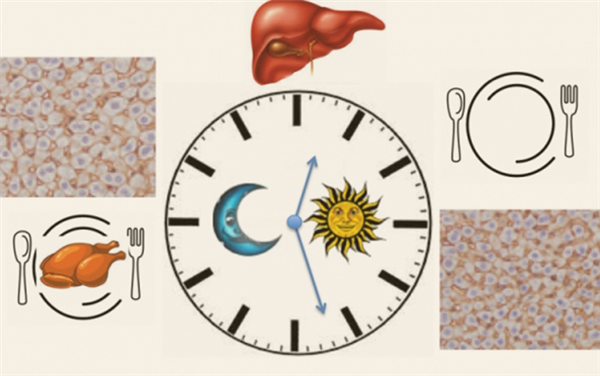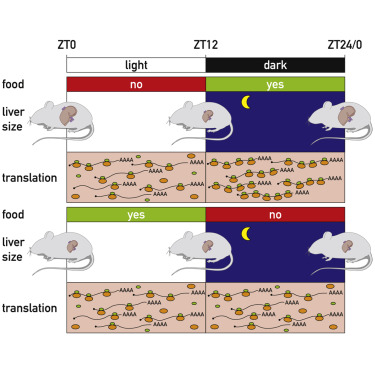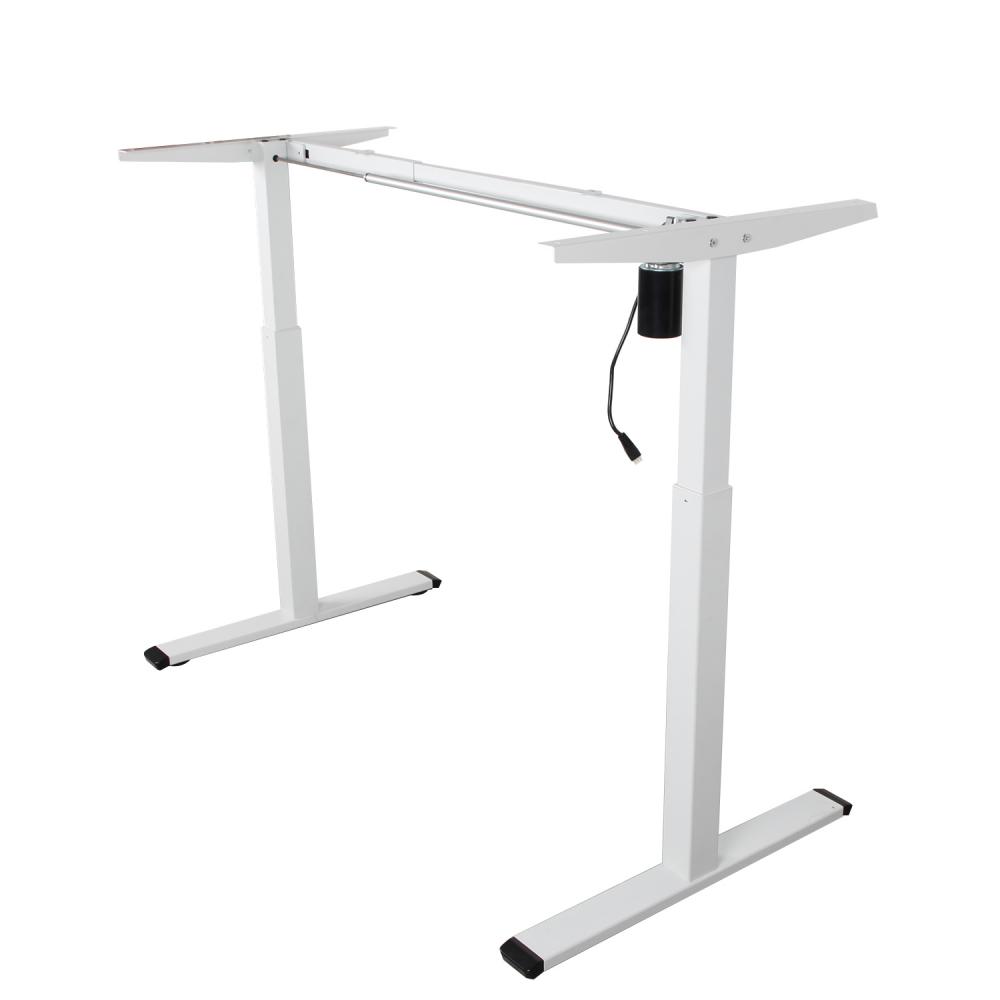The liver fluctuates according to the clock, and the size is nearly half
Guide
On May 4th, Cell reported that biologists from the University of Geneva in Switzerland found that the liver adapts to the cycle of feeding and fasting, as well as the day and night alternation within 24 hours. In the meantime, the size of the liver increased by almost half the size before returning to its original size.

In mammals, the liver plays a pivotal role in the metabolism and elimination of toxins, and the liver achieves maximum efficiency when they are active or eating. A biologist from the University of Geneva in Switzerland found that the organ adapts to the cycle of feeding and fasting, as well as the day and night alternation within 24 hours. Studies in mice have shown that depending on the stage of activity and rest, the size of the liver is almost half the size before returning to its original size.
The study was published on Cell on May 4, and the study described the cellular mechanism of this fluctuation, which disappeared when the normal biological rhythm was reversed. Due to work in different industries or personal habits, our biological clock will be interrupted and may have an important impact on our liver function.
Mammals use the biological clock in the brain to adapt to the circadian rhythm. The circadian clock in the brain is regulated by light every day, consistent with the intrinsic clock of most of our cells. There are more than 350 genes involved in size and detoxification in the liver, expressed in the 24-hour rhythm of the circadian clock. Corresponding author Ueli Schibler said: "Many of these genes are also affected by the rhythm of food intake and physical activity, and we want to know how the liver adapts to these fluctuations."

Liver size and ribosome and protein levels fluctuate by rhythm
The mice were foraging at night and resting during the day. The first author, Flore Sinturel, said: "In the usual circadian rhythm of rodents, we observed that the volume of the liver gradually increased during the active period at night, increased by more than 40% at the peak, and then returned to its original size during the day."
The researchers found that the size of liver cells and their protein content fluctuated every day. The number of ribosomes responsible for the production of proteins required for various functions of the liver fluctuates with the size of the cells. Hepatocytes produce and assemble new ribosomes to ensure peak protein production during the night. Excessively produced ribosome components will degrade during the resting period.
Does not meet the biological clock rhythm, life fluctuations will disappear
Biologists have observed that the amplitude of the change depends on the cycle of feeding and fasting, as well as the day and night and night phases. In fact, it disappears when the food does not meet the stage fluctuations of the circadian clock. This cyclical fluctuation has evolved over hundreds of millions of years and will not change immediately due to changes in food intake. Frédéric Gachon, co-leading research, said: "When mice are fed during the day, the size of the liver and liver cells, and their ribosome and protein content are almost constant. However, whether they are fed at night or during the day, these animals The food intake is similar."
Due to night work, upside down schedules or frequent international travel, many people no longer live according to the rhythm of the circadian rhythm. Previous studies by Leung et al. in the 1986 Journal of Hepatology used ultrasound-based methods to measure human liver volume within six hours, indicating that the size of this organ also fluctuated in our bodies. It is likely that a mechanism similar to that found in humans is found in mice, so deregulation of biological rhythms can have a considerable impact on liver function.
Shanghai Chuangsai Technology has excellent performance, interleukin cytokines, fetal bovine serum, electrophoresis equipment scientific instruments, raw material drug standards, chemical reagents, cell culture consumables, Shanghai Chuangsai, mass products special promotions, welcome to inquire!
With the development of science and technology, people's life quality has increased, and people have paid more attention to physical health. Therefore, the concept of modernized intelligent office work is gradually gaining popularity.The core products of chex are various electric standing desks, hand crank standing desks and pneumatic standing desks, which meet the different choices of customers. Standing desks are widely used in offices, at home, schools, hospitals and other occasions. It can be used by adults and children. Chex team understands that ergonomics and a comfortable working environment will help us work healthier and enjoy a happier life, so we are proud that this is a meaningful green career.

Standing Desk,Pneumatic Standing Desk,Hand Crank Standing Desk,Office Furniture Standing Desk
Suzhou CHEX Intelligent Technology Co., Ltd. , https://www.sjqxhdesk.com